From the food we eat and the clothes we wear, to clean water and healthy seas, the invertebrates really matter. They are vital for crop plant pollination, soil structures, as predators of key crop pests, and turning waste products into valuable nutrients. And they also enrich our lives as keystone species helping the wildlife we love to thrive and also through art and culture.
They are simply extraordinary. And without them we are unlikely to survive let alone thrive. Yes, some can be a big nuisance, but in many ways we have gone so far researching and working out how to kill a few that we’ve forgotten to protect the rest. In fact we are often harming them.
Studies looking at local and regional abundance and diversity are suggesting some dramatic declines. Some suggest that we are seeing a major loss of numbers and diversity globally as well as local losses. More research is needed especially in areas where not enough is known about what we’ve got, let alone what’s being harmed by massive land use change and climatic shifts.
Chemicals can not only hurt the helpful bees and bugs above ground but they can slow down the vital springtails and worms in the soil which allow it to work well. Everything from deforestation in the tropics to hedgerow removal in the UK all means fewer places for the invertebrates to live, hide, mate, eat and lay eggs.
It is usually the messiness of nature that matters. Our Earth has become too tidy and uniform, with ever larger farms producing uniform crops.
Climate change is also creating problems for many species of invertebrate, too, as weather extremes can wipe out a whole population.
But it is not too late. The more people know about the importance of invertebrates the better. And everyone can do something to help – some things take little or even no time at all. Here are nine (mostly) easy things you can do to help.
Read more about insect decline:
- Can we save the insects?
- Your garden is a lifeline for struggling urban bees
- Over a quarter of land-dwelling insects lost in the last 30 years
Buy organic food and clothes

Buying products like food and clothes that have been produced without pesticides and with nature in mind will really help those farmers and growers doing things differently. Look out for the organic logo.
Buy fresh if you can. The more processed food is, the worse it is for you, the farmer and the planet.
Don't buy clothes you don't need

Your most sustainable piece of clothing or furniture is probably the one you are using now. Growing cotton and extracting other materials like timber can really hurt the places invertebrates need to live globally.
Deforestation and the expansion of highly intensive farming are two of the biggest problems for invertebrates globally. Repair, reuse and recycle as much as possible to reduce pressure on the land and the bugs.
Let your garden go wild
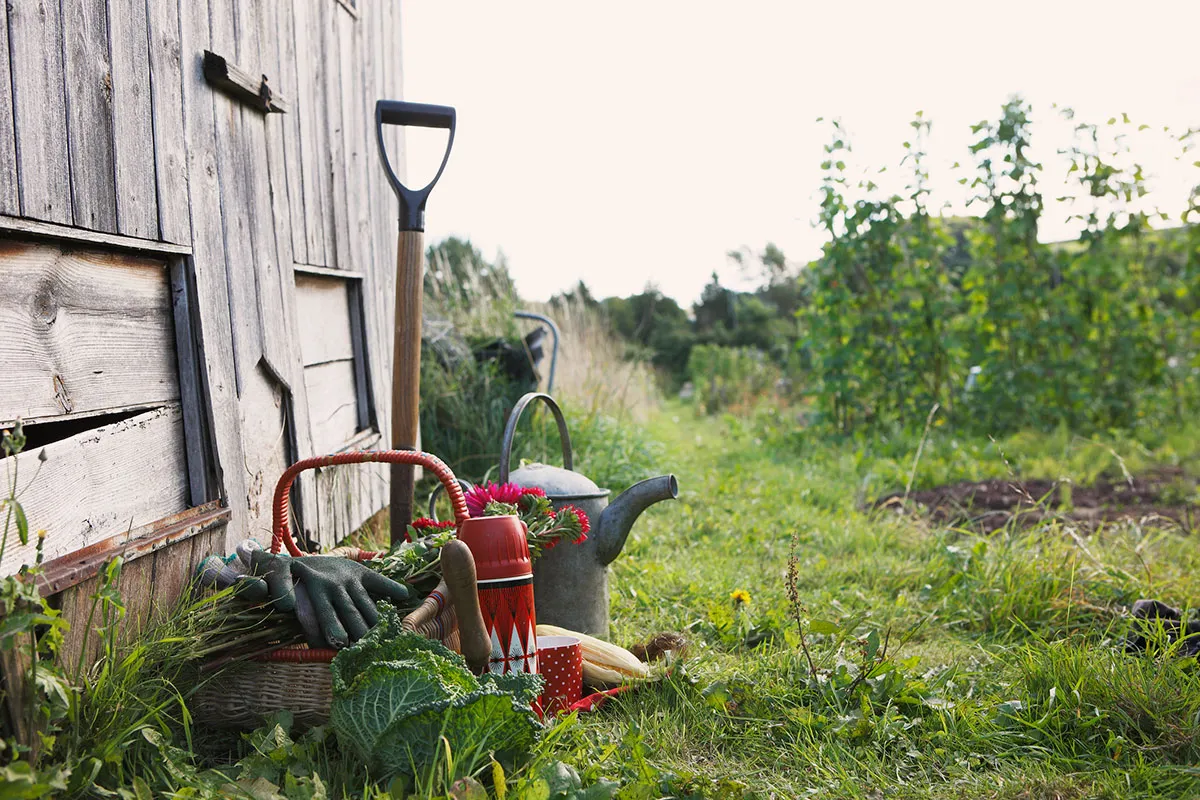
Leaving some of your lawn uncut and letting it go wild is so much more interesting than a boring grass monoculture. And you may be surprised what plants arrive as well as the bugs – from moths to beetles to hoverflies – that will appreciate the food and shelter you provide.
I have found so many invertebrate species in my tiny 5m2 urban garden – though I still have a lawn to lie on and borders. They are wilder and much more fun. And the buzz is loud in spring and summer. Digging less is also good as digging disturbs the worms and other bugs going about their vital activities of recycling plant matter, distributing nutrients, creating spaces for air and water, and transferring vital microbes and fungal spores around the soil.
Buy plants from local suppliers
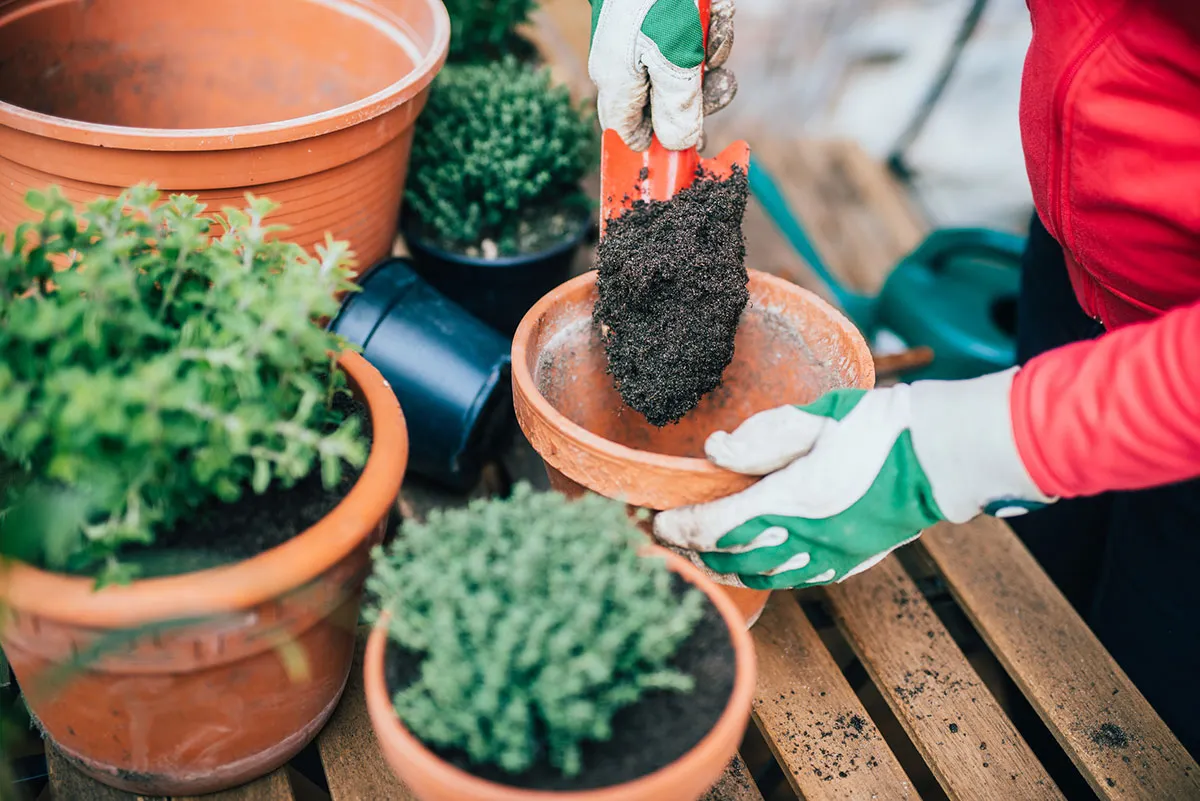
Avoiding imported seeds and plants which can bring unhelpful species, like worms that eat our worms, into your garden and try to avoid using pesticides and herbicides.
The trick will be to use local suppliers you trust or, even better, save your seeds or propagate your plants from cuttings and you can swap seeds with mates to broaden the potential. It's extraordinarily exciting to see your seedlings grow from your own seed or root from a cutting.
Get children interested in bugs
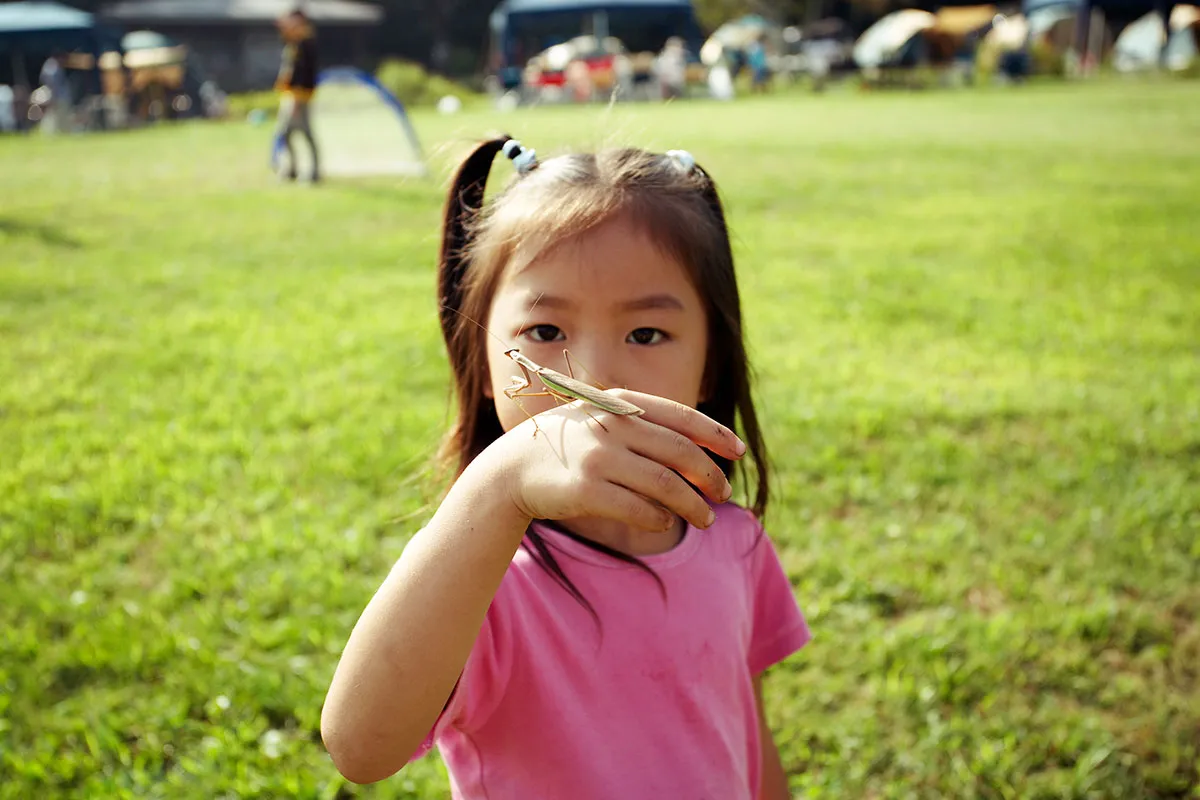
Helping the next generation of ‘rebuggers’ is vital. If you have children and youth or look after them, do make sure they can stay fascinated – don’t spread a fear of bugs. The joy and curiosity young children show to these magnificent creatures can be easily stamped out by a harsh word when you see a wasp or spider.
Suppress your fear and build a new gang of protectors. Take the kids on a minibeast treasure hunt, looking for signs like leaf mines or empty ladybird pupae cases, and learn how to build bug palaces to give them a nest.
Join a wildlife group
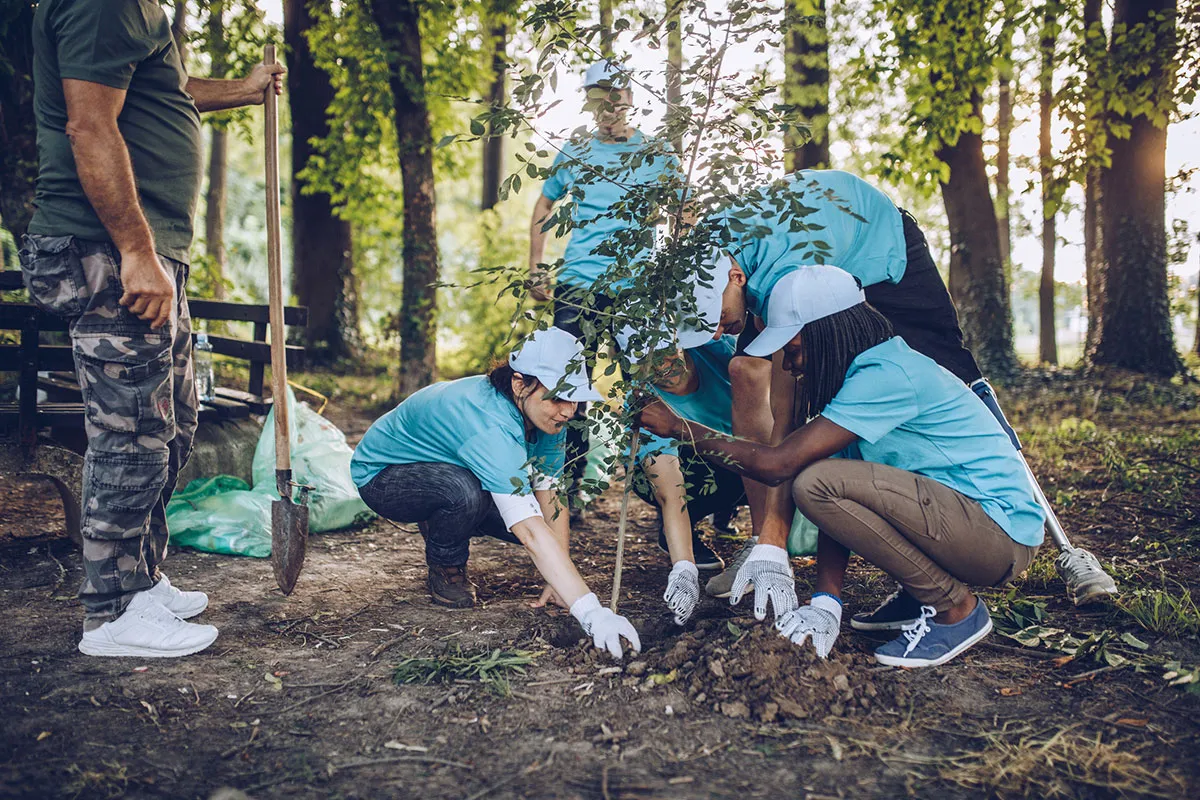
Joining a local park group to help put in flower-rich areas and trees and shrubs for the pollinators can be great fun. It can even include putting in small ponds, which provide fantastic source of water as well as breeding and living space for many bugs like beautiful damselflies and dragonflies.
The B-lines campaign of Buglife is a great one you can join to help make green corridors for bugs and there will be local wildlife groups to join.
Take part in insect surveys

Taking part in bug watches can take little time but means you are helping scientists to assess the health of different species populations. There are wasp and bee and butterfly surveys which scientists have designed so what you spot in a given time contributes to their work.
Such ‘citizen science’ projects like the Big Butterfly Count take just 15 minutes plus recording and reporting time. A small but significant contribution to our knowledge of invertebrate health.
Promote wildflower verges
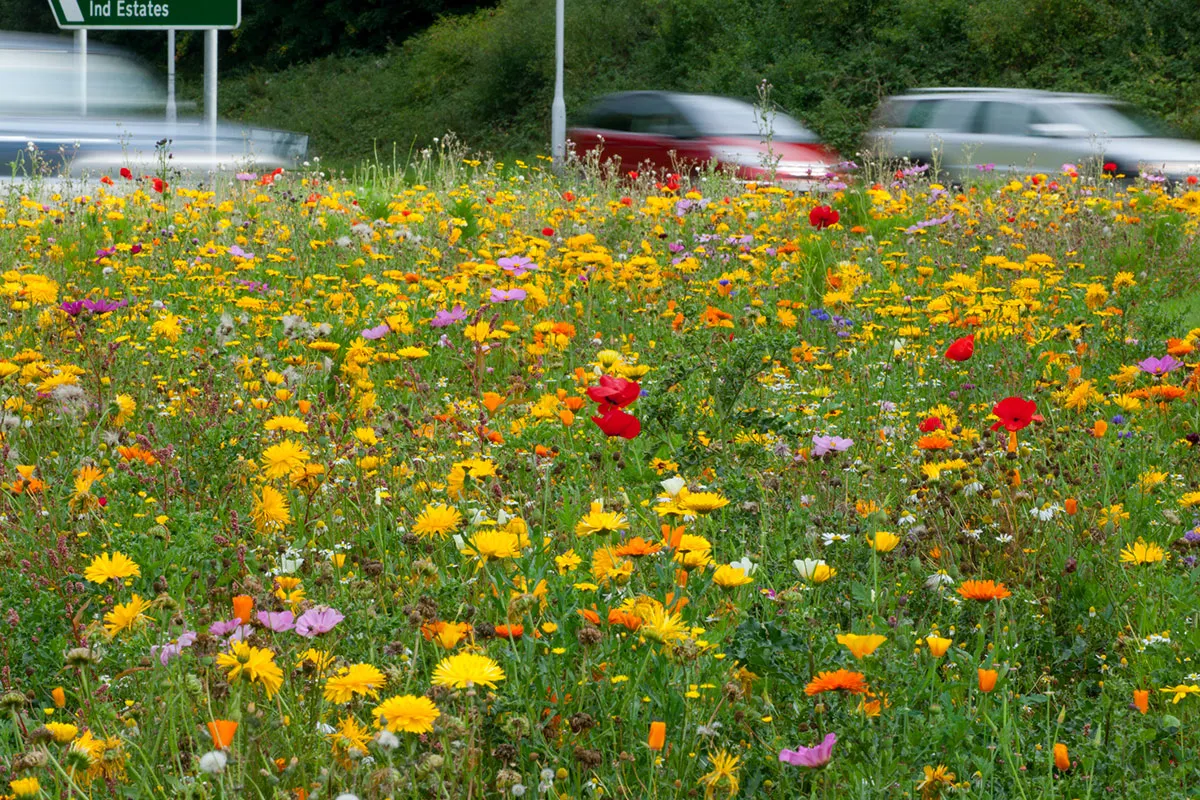
Let your council know you want to keep wildlflower verges and green spaces uncut and unfertilised and not sprayed with herbicides so wildflowers can thrive and provide food and space for pollinators.
Join the movement
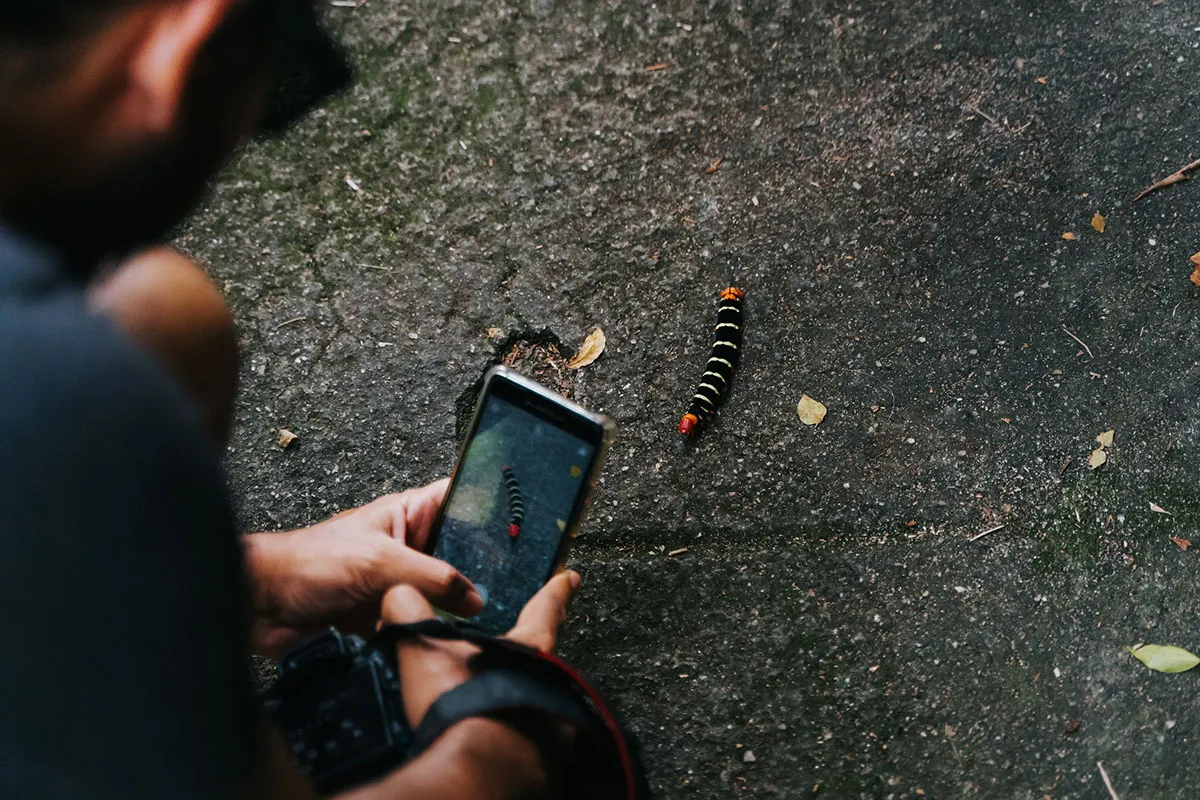
Take photos, share them and talk about them with friends, family, colleagues. Talk about why bugs matter.
Scientists have been clear that they need public support for doing more to help invertebrates and to stop the decline in numbers and diversity. They need you to tell the stories.
Rebugging the Planet: The Remarkable Things that Insects (and Other Invertebrates) Do – And Why We Need to Love Them More by Vicki Hird is out now (£12.99, Chelsea Green).
- Buy now from Amazon UK, Waterstones or WHSmith